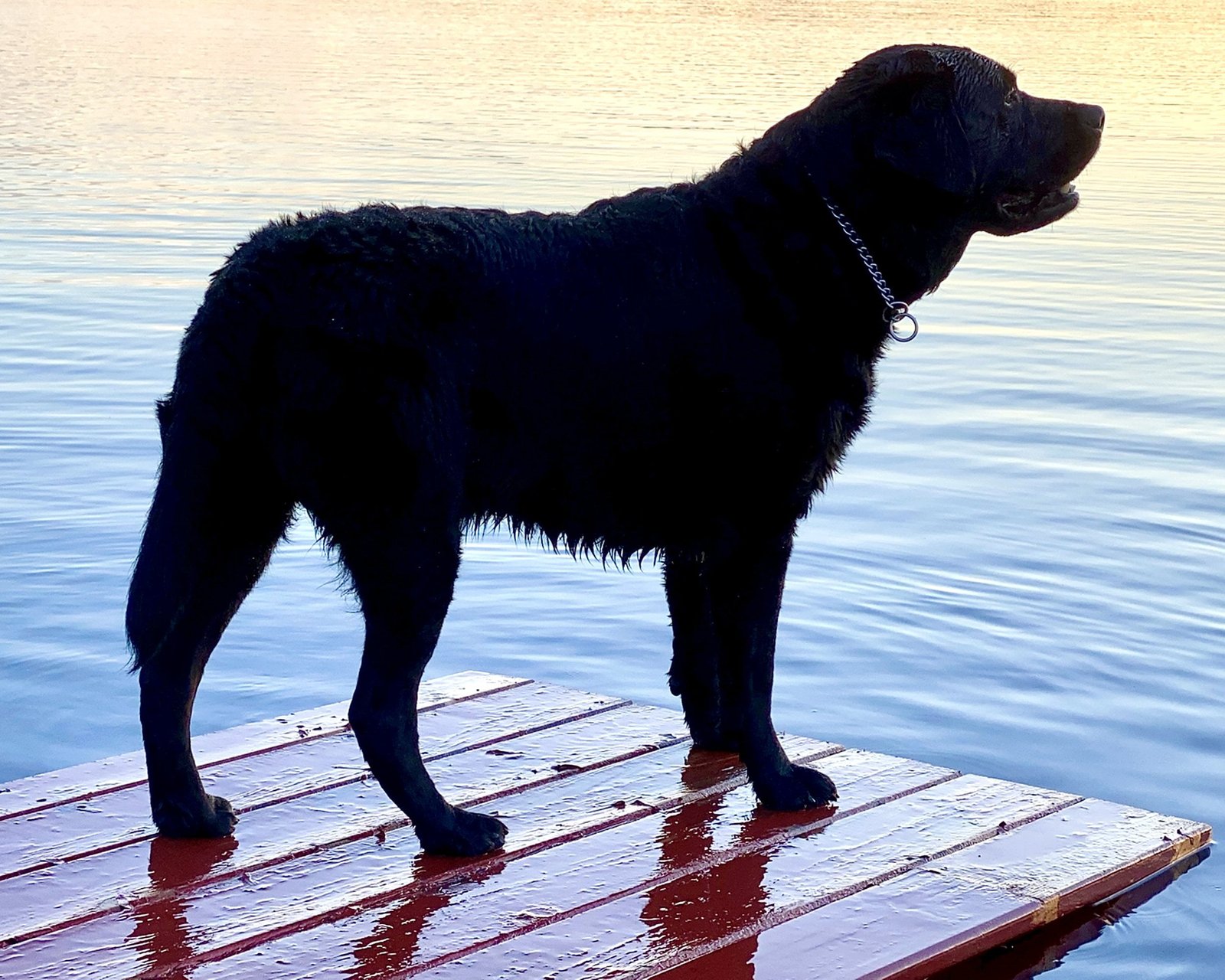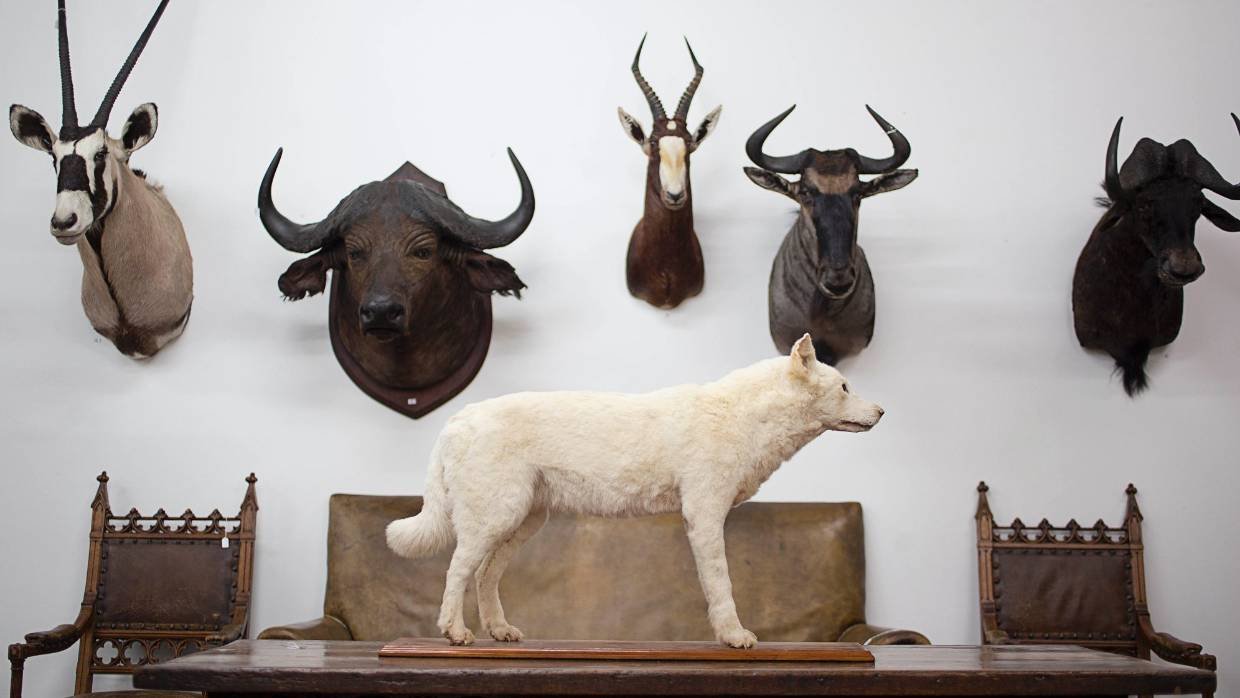Dogs have been loyal companions to humans for centuries, playing various roles from hunting partners to family pets. Throughout history, numerous dog breeds have come and gone, each leaving its mark on our hearts and in the annals of dog history. so we choose These DOG BREEDS THAT SHOULD BE REMEMBERED!

DOG BREEDS THAT SHOULD BE REMEMBERED
In this extensive guide, we pay tribute to some of these forgotten or rare dog breeds, highlighting their unique characteristics, history, and contributions to our shared journey with dogs. We choose some of our favorite dog breeds that should be remembered!
The Turnspit Dog
- History: The Turnspit Dog, also known as the Kitchen Dog or Cooking Dog, was a small breed with a unique purpose in the 16th century. These dogs were employed in kitchens to turn the rotisserie wheel by running inside a small treadmill-like contraption.
- Attributes: Turnspit Dogs were compact and low to the ground, ideal for fitting into the turning mechanism. Their role was physically demanding but essential for roasting meats in traditional kitchens.
- Legacy: As technology advanced, the need for Turnspit Dogs diminished, and the breed faded into obscurity by the mid-19th century. They serve as a reminder of the diverse roles dogs have played in human history.

The Tahltan Bear Dog
- History: The Tahltan Bear Dog, originating from Canada, was known for its hunting prowess. These small, agile dogs were used by the indigenous Tahltan people to hunt bears and other large game.
- Attributes: These dogs were known for their courage and ability to track and corner large prey, such as bears. They had a distinctive curly tail and a keen sense of smell.
- Legacy: Unfortunately, the Tahltan Bear Dog is believed to have become extinct in the early 20th century due to a combination of factors, including interbreeding with other breeds and the decline of traditional hunting practices.

The Carolina Dog
- History: The Carolina Dog, also known as the American Dingo, is a primitive breed with a lineage dating back thousands of years. They were originally semi-wild dogs living in the southeastern United States.
- Attributes: Carolina Dogs are known for their adaptability, intelligence, and independence. They have a wolf-like appearance with erect ears and a curled tail.
- Legacy: While not extinct, the Carolina Dog remains a rare breed. Efforts to preserve and protect these unique dogs are ongoing, but they are a testament to the resilience of primitive canine breeds.

The Salish Wool Dog
- History: The Salish Wool Dog, a small Spitz-type breed, was bred by the indigenous Salish people of the Pacific Northwest for their wool-like undercoat. This wool was used to create textiles.
- Attributes: These dogs were selectively bred for their soft, warm undercoats. Their size and temperament made them ideal for living among the Salish people.
- Legacy: As European settlers introduced sheep to the region, the need for Salish Wool Dogs declined. The breed eventually disappeared. Their contribution to indigenous culture and craftsmanship is still remembered.

DOG BREEDS TO SEE ONLY ON PICTURES
The Russian Tracker
- History: The Russian Tracker, also known as the Russian Retriever. He was bred in the 17th century in Russia. They were primarily used for tracking and hunting game.
- Attributes: These dogs were known for their tracking abilities, intelligence, and loyalty. They had a robust build and a keen sense of smell, making them excellent hunting companions.
- Legacy: The breed faced near-extinction during World War II. Dedicated efforts by enthusiasts have helped revive it. Russian Trackers are now considered a rare breed. They are remembered for their contributions to hunting traditions.

The St. John’s Dog
- History: St. John’s Dog, also known as the Lesser Newfoundland. He was the ancestor of the modern Labrador Retriever. They originated on the island of Newfoundland and were initially used for fishing.
- Attributes: St. John’s Dogs were known for their strength, intelligence, and swimming abilities. Their water-resistant coat made them ideal for retrieving fishing nets and objects from the water.
- Legacy: The original St. John’s Dog no longer exists, its lineage lives on in the beloved Labrador Retriever. These dogs continue to be cherished for their companionship and work ethic.

The Kuri
- History: The Kuri, a small Polynesian breed, lived alongside the indigenous people of the Pacific Islands for centuries. They played various roles, from companionship to hunting and protection.
- Attributes: Kuris were known for their friendly disposition, compact size, and distinctive curly tails. They were often found in different coat colors and patterns.
- Legacy: With the arrival of European settlers and their dogs, the Kuri population declined. Today, their memory is preserved through cultural references and artifacts from the Pacific Islands.

The Dogo Cubano
- History: The Dogo Cubano, also known as the Cuban Mastiff, was a large and powerful breed bred for hunting wild boar and cattle in Cuba.
- Attributes: These dogs were strong, courageous, and protective. They had a muscular build and a short, dense coat. They were skilled at tracking and holding down large game.
- Legacy: The Dogo Cubano faced extinction as a result of various factors. Including changes in hunting practices and political events in Cuba. Efforts to revive the breed are limited, but it is remembered for its contribution to Cuban culture.
REMEMBERING THE FORGOTTEN DOG BREEDS
Some of these dog breeds no longer exist. Others are rare and endangered but their stories and legacies continue to inspire admiration and respect for the diversity and unique qualities of our canine companions. These forgotten or rare breeds serve as a reminder of the enduring bond between humans and dogs, transcending time and history.
We celebrate the diversity of dog breeds worldwide. We honor the memory of these remarkable dogs and the roles they played in our shared journey with dogs. In their stories, we find a testament to the enduring spirit of canine companionship and the deep connections we share with our furry friends.
If you want to see more of the extinct dog breeds to the history, here is a link from Wikipedia.



